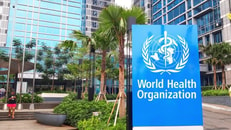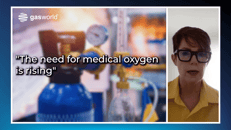Closing medical oxygen gap will cost $34bn in next five years
Closing the medical oxygen gap in low and middle income countries (LMICs) will cost $34bn in the next five years, according to research published by The Lancet.
This estimate does not include the substantial costs of meeting the additional oxygen requirements caused by pandemics (the additional cost of COVID-19-related oxygen requirements in LMICs in 2021 was $6.8bn).
More than 5 billion people, more than 60% of the world’s population, do not have access to safe, quality, and affordable medical oxygen service, the Reducing global inequities in medical oxygen access report notes.
Moreover, fewer than 30 countries have developed national oxygen plans as stipulated in WHO’s 2023 increasing access to medical oxygen resolution.
... to continue reading you must be subscribed






















